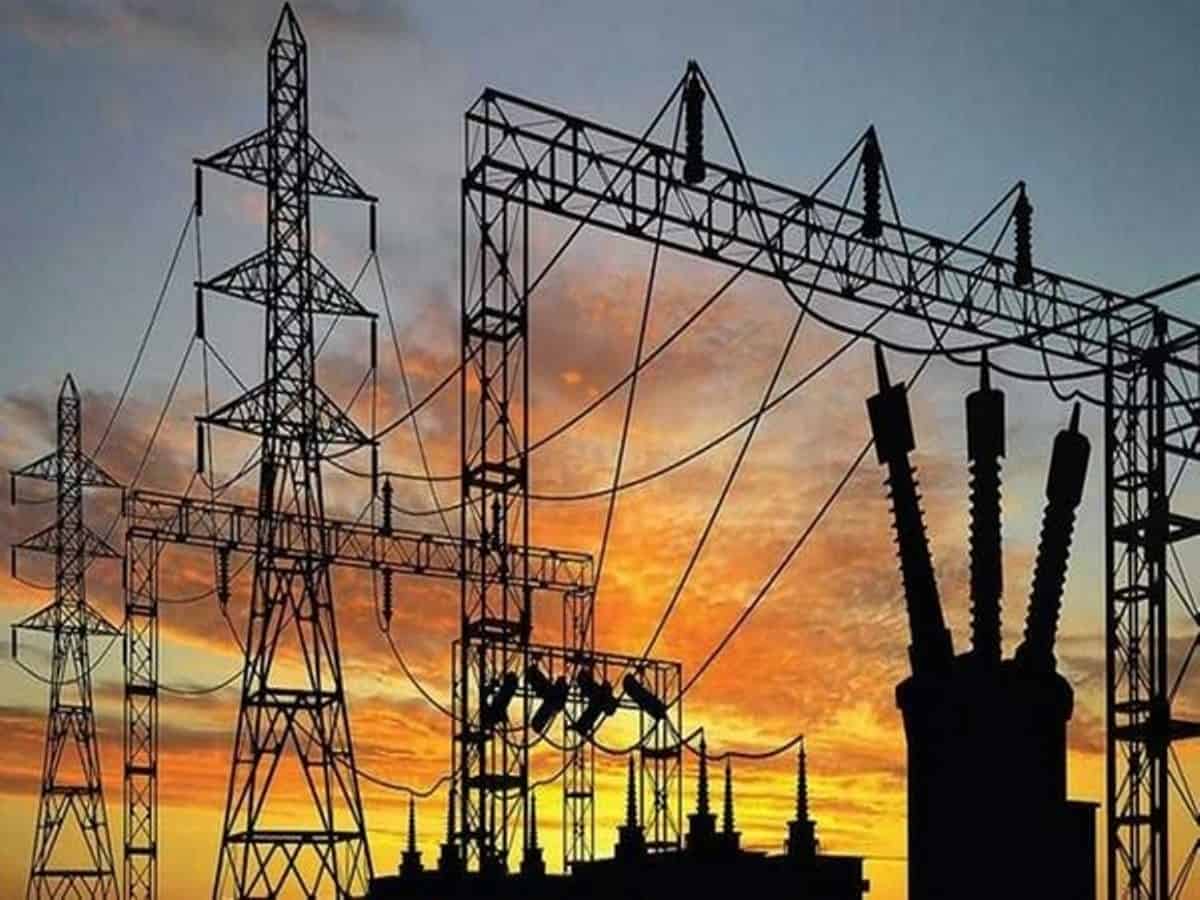
Kathmandu: In a major boost for energy cooperation between Kathmandu and New Delhi, Nepal has started selling a total 177.7 megawatts of energy to India from via its power exchange market.
“Earlier Nepal had already sold out 37.7 megawatts power to India. After starting selling 140 megawatts on Saturday night, we are now selling a total 177.7 megawatts of energy through India Energy Exchange Limited,” said Suresh Bhattarai, spokesperson of the state-owned Nepal Electricity Authority (NEA).
It is the first time that the country is exporting such a large quantity of energy through the power exchange market.
India had recently allowed Nepal to sell an additional 364 megawatts of electricity. During a recent visit by Prime Minister Sher Bahadur Deuba to India, New Delhi had turned positive on the export of surplus electricity from Kathmandu.
The two neighbours had agreed on a joint vision on power sector cooperation where both sides will conduct a bi-directional power trade with appropriate access to electricity markets in India and Nepal based on mutual benefits, market demand and applicable domestic regulations of each country.
Nepal is selling Rs 7.04 per unit. The highest price for Nepal’s electricity has been maintained at Rs 12 per unit and the lowest price at Rs 1.49 per unit, the NEA said in a statement.
It added that through the different 96 blocks, Nepal is trading electricity through IEX.
Nepal is now selling electricity to India through its exchange market for the second year in a row. But the Himalayan nation also imports electricity from India in dry season mostly in winter season.
In May, Nepal’s NEA had called bids from interested Indian companies to procure surplus energy from Nepal up to 200 megawatts.
But the final bid has not disclosed by the NEA which is under consideration.
The total power production in Nepal at the time is 2,300 MW and some projects are likely to come into operation by the end of the current fiscal year.
The continuous rainfall in the country has increased the water levels in the rivers leading the power plants to generate more electricity.



